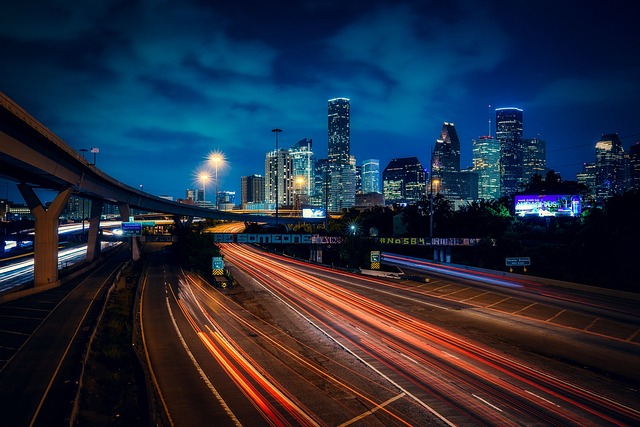
Keep your Canon lenses spotless with this all-in-one kit — includes brush pen, air blower, and microfiber cloths.
👉 Check it out on Amazon
Long exposure photography stands as a testament to the blending of time and motion. Capturing static scenes with elements of movement over an extended period, this technique offers a unique perspective into the unseen rhythms of life. When engaged in long exposure photography, the camera's shutter is kept open for a prolonged period. This extended duration permits the capturing of any in-frame movement, manifesting often as a blur or a trail. The nuanced balance in this form of photography lies in distinguishing and controlling motion blur – the movement of subjects within the frame, while outright eliminating camera shake, which results from unintended movement of the camera itself during exposure.
Keep your Canon lenses spotless with this all-in-one kit — includes brush pen, air blower, and microfiber cloths.
👉 Check it out on Amazon
A collection of specific gear can enhance the experience and output of long exposure shots. A sturdy tripod is non-negotiable, as it offers the stability needed to combat both wind and ground vibrations. Neutral Density (ND) filters, which curtail the amount of light entering the lens, allow photographers to indulge in longer exposures, even under brighter conditions. Furthermore, a remote shutter release ensures that pressing the shutter doesn't introduce any camera shake. And, to prevent lens flare and interference from stray light, a lens hood can be invaluable.
When setting up for a shot, there are several considerations. Keeping the ISO low, preferably around ISO 100, ensures reduced noise in the resulting image. The aperture plays a dual role. A setting of f/8 to f/16 usually delivers a sharp image and extends the exposure time, depending on the depth of field you're aiming for. The true magic, of course, resides in the shutter speed. Starting from a mere second and stretching to several minutes, the possibilities are as varied as they are fascinating.
ND filters deserve special attention. Their strength, commonly denoted in 'stops', specifies the extent of light blockade. It's a game of mathematics; if a scene meters at 1/60th of a second without a filter, introducing a 3-stop ND filter would adjust the exposure to 1/8th of a second. A 10-stop ND filter allows only 1/1024th of the available light.
To further rid images of camera shake, techniques like using the Mirror Lock-Up feature in DSLRs, which raises the mirror prior to the exposure, come in handy. This reduces any vibration caused internally. In addition, weighting down the tripod can add an extra layer of stability. Some cameras also come equipped with a 'Long Exposure Noise Reduction' feature, designed to process and reduce noise immediately after the shot is taken.
Moving into advanced territory, there are methods such as the Bulb Mode, simply labeled as “B” on many cameras, is excellent for taking extremely long exposures, surpassing the camera's default settings by leaving the shutter open as long as the shutter release button is pressed. For those looking to capture the grandeur of the cosmos, star trails, which require exposures upwards of 30 minutes, can be fascinating. The Earth's rotation during this period causes stars to leave light trails, painting the sky with streaks of luminance. Techniques like light painting, where artificial light sources, like flashlights, are used to illuminate or "paint" specific sections of a scene, can also be employed. Time-blending, an innovative method involving blending multiple long exposures taken at different times in post-production, can yield dramatic results.
Post-processing is an arena where the photographer can further mold the image. Tools like Adobe Lightroom or DxO PhotoLab can assist in reducing any grain or noise that might have crept into the long exposure shot. Boosting the contrast in these images can heighten the visual distinction between the static and the moving elements. Additionally, for effects like star trails or pronounced cloud movement, stacking multiple images can provide a more vivid depiction of motion.
However, mastering long exposure is not without its challenges. Overexposure, or images being too bright, is a common obstacle. In such cases, opting for a stronger ND filter or tweaking the aperture can offer solutions. Conversely, underexposure can plague shots, especially during twilight or night. Lengthening the exposure time or choosing a brighter shooting window can alleviate this. Unintended light streaks from sources like passing vehicles can also disrupt a shot. Strategic positioning can mitigate such interferences.
In conclusion, long exposure photography, with its dreamy and ethereal charm, beautifully marries science and art. A profound understanding of equipment and technique lays the foundation upon which creativity can dance. As with any craft, the key lies in experimentation, practice, and relentless refinement.
